Common Name(s): Waddywood, Waddi
Scientific Name: Acacia peuce
Distribution: Simpson Desert, Australia
Tree Size: 50-60 ft (15-18 m) tall,
~1 ft (.3 m) trunk diameter
Average Dried Weight: 89 lbs/ft3 (1430 kg/m3)
Specific Gravity (Basic, 12% MC): 1.16, 1.43
Janka Hardness: 4,630 lbf (20,600 N)
Modulus of Rupture: 21,750 lbf/in2 (150.0 MPa)*
Elastic Modulus: 3,118,000 lbf/in2 (21.50 GPa)*
Crushing Strength: 12,450 lbf/in2 (80.0 MPa)*
*Provisional strength group values based on density, derived from AS/NZS 2878:2000
Shrinkage: No data available
Color/Appearance: Heartwood is dark reddish or purplish brown, sometimes nearly black. The sharply demarcated sapwood is light yellow.
Grain/Texture: Grain is straight, with a uniform, medium texture.
Rot Resistance: Given its past use as fence posts, the wood is assumed to be very durable.
Workability: Difficult to work with hand or machine tools due to its extremely high density. Reportedly turns and finishes well.
Odor: No characteristic odor.
Allergies/Toxicity: Besides the standard health risks associated with any type of wood dust, no further health reactions have been associated with Waddywood (though this may be due to the rarity of the tree itself). See the articles Wood Allergies and Toxicity and Wood Dust Safety for more information.
Pricing/Availability: A rare (and protected) desert tree with no commercial presence.
Sustainability: This wood species is not listed in the CITES Appendices or on the IUCN Red List of Threatened Species. However, it is a protected species listed as vulnerable under Australia’s Environment Protection and Biodiversity Conservation Act.
Common Uses: Clubs, turned objects, carvings, and other small decorative purposes.
Comments: The common name is said to be of aboriginal origin, where natives would make “waddies”—heavy wooden clubs—from the wood.
When the tree is younger, its growth form resembles that of a conifer (such as a pine tree), and its species name, peuce, is derived from the Greek work for pine. After several decades of growth, mature trees finally begin to take on their adult form and branch out from the main trunk.
Images: Drag the slider up/down to toggle between raw and finished wood.
Identification: See the article on Hardwood Anatomy for definitions of endgrain features.
Porosity: diffuse porous
Arrangement: solitary and radial multiples
Vessels: small to medium, moderately numerous to numerous; amber to reddish brown deposits common
Parenchyma: vasicentric, lozenge, confluent, and banded
Rays: narrow to medium width, normal spacing
Lookalikes/Substitutes: May be confused with gidgee (Acacia cambagei) or pink gidgee (A. crombiei) based on very dark purplish heartwood, high density, and heartwood fluorescence. Waddywood will generally have more extensive (confluent) parenchyma and slightly smaller pores.
Notes: Heartwood fluoresces under blacklight.
Related Content:


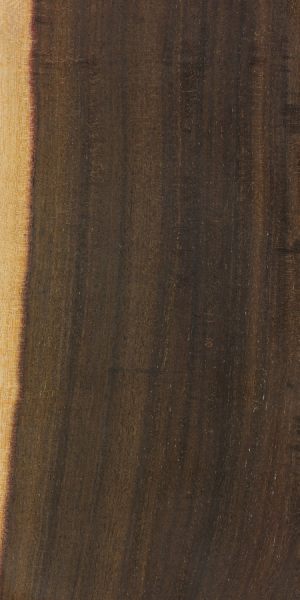
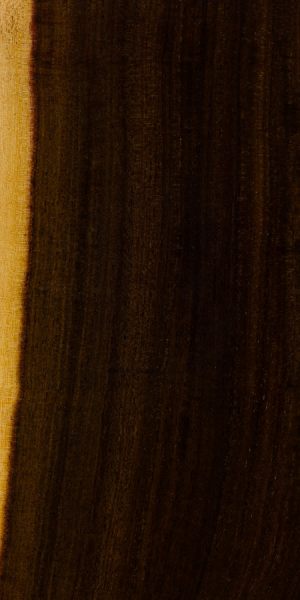
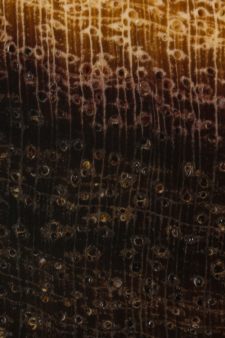

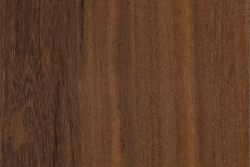
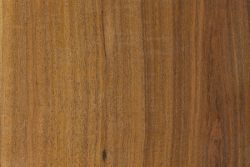
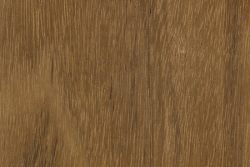


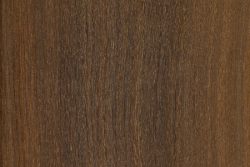
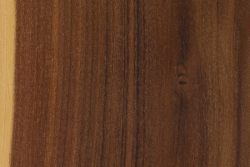

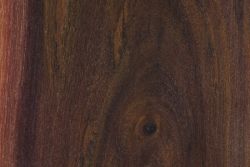
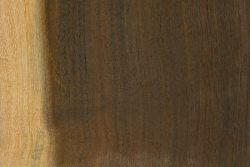

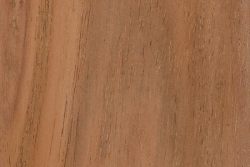



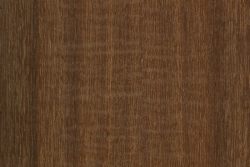

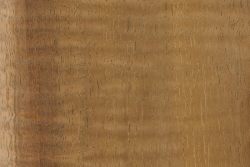

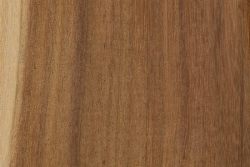

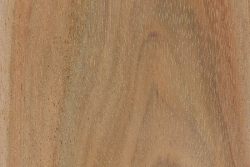

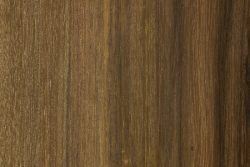


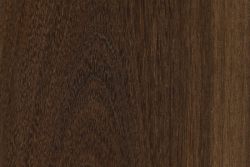
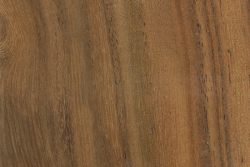
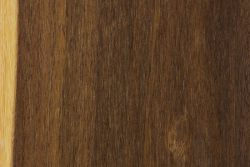
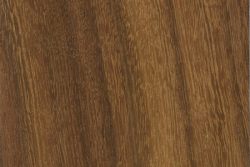


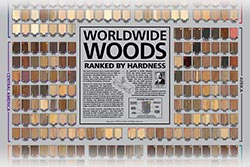



Hello Eric, a few years back I received a couple of older pieces labeled Purple Gidgee. I was 99% sure they were Pink Gidgee as they did have the pink band that forms between the heart wood & sap. The band does fade over time. The wood when cut is brownish & turns dark purple when exposed to sun light. Although I think it’s pink gidgee Im not entirely sure it isn’t Waddy wood. I sent a few pics of a sample. I’m not sure it’s enough to make a identification but I thought you may be able to tell… Read more »
I don’t think I’d have enough confidence to ID from the wood alone. Generally, I just tend to trust whatever the initial label of the wood said unless you have a good reason to distrust the initial ID.
Thank you for the reply! Being that the two are so similar I thought that there might be a tell in the end grains. Beautiful wood regardless! Thanks for takin a look!
Hello. So this is the hardest wood that you have ever encountered?